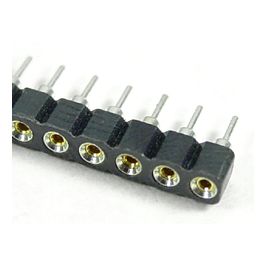Step 2: Prep
Clean your PCB. I use isopropyl alcohol and a paper towel.
fig. 6
View attachment 1336
Step 3: Audit components & populate the board
With your digital multimeter measure all components for proper value before adding them to the board.
fig. 7
View attachment 1360
A flux pen is recommended. It will help you avoid any future potentially fouled solder joints. Turn the board over and flux the pads which you will be soldering. Do this in small areas at a time so you don't get flux all over yourself.
fig. 8
View attachment 1337
Clean your leads
Again, isopropyl alcohol and towel here.
fig. 9
View attachment 1358
Or...
Flux your leads...the area that will touch the PCB pads when properly seated. Start at the component and go out about 1/8".
fig. 10
View attachment 1365
Bend the leads. I like to hold the resistors down and bend the leads away from each other a bit so they stay in place when turning the board over.
fig. 11
View attachment 1342
Another option is to use blu-tack or poster putty. When using this, try to not smash it down too close to the resistors or it will touch the exposed leads and melt when soldering. I find this method particularly useful when populating box film caps and sockets so they go on straight and tidy.
Solder time
Most people have preferred temps, tips, and solder, but for the sake of this guide, what I used is a fine point chisel tip in an iron set to roughly 700°F (370°C) and Kester .80mm 63/37 "no-clean" solder. This is not a definitive guide, rather just my current preference.
Low profile components go in first, i.e. resistors, diodes, next are sockets, trimpots, then film capacitors and electrolytics. Clip the leads after soldering each component or area of components.
fig. 12
View attachment 1343
fig. 13
View attachment 1361
...continued below

 www.taydaelectronics.com
www.taydaelectronics.com


